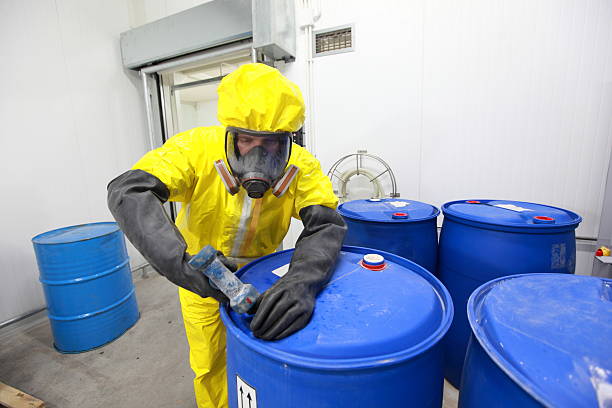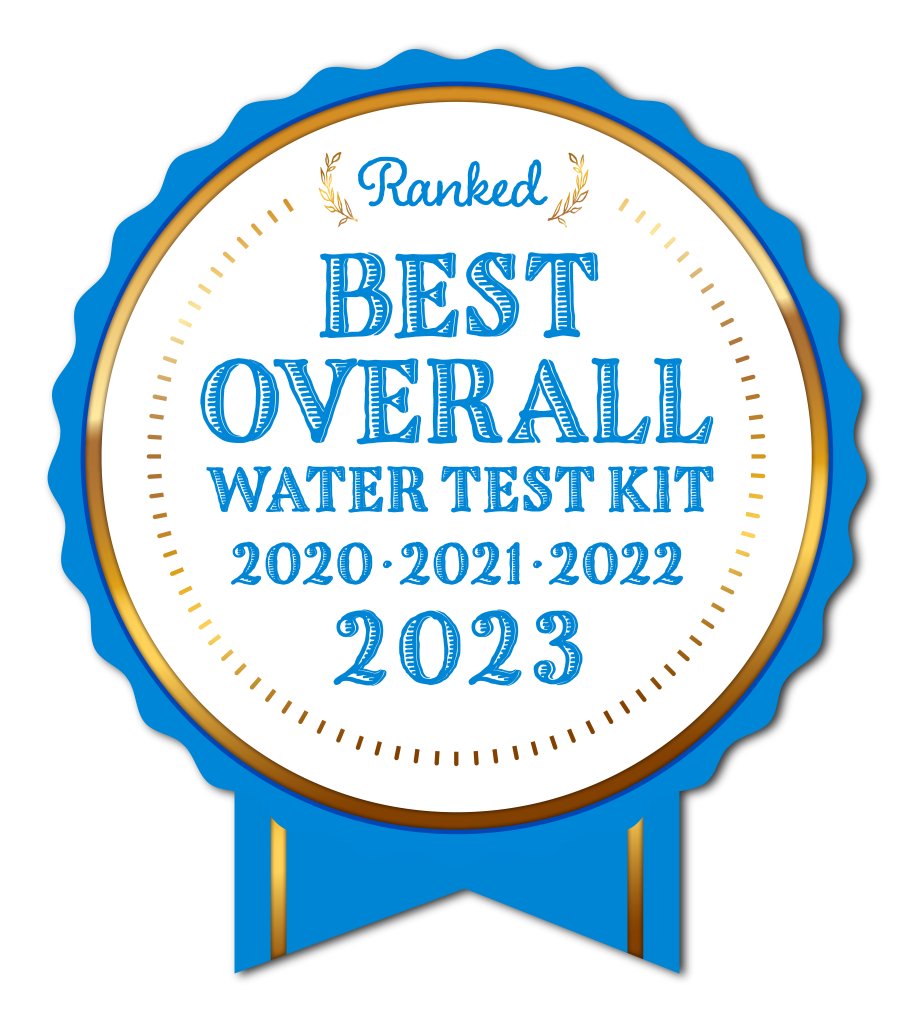Bis(2-chloroethyl) sulfide

Bis(2-chloroethyl) sulfide also known as mustard gas a chemical compound. Safe Home offers a few kits that provide drinking water testing for Bis(2-chloroethyl) sulfide in city and well water supplies.
Parameter Type: Drinking Water Testing for Volatiles
Parameter Name: Bis(2-chloroethyl) sulfide
What it is and Where it Comes From:
Bis(2-chloroethyl) sulfide also known as mustard gas a chemical compound belonging to the sulfur-based family of cytotoxic and blister agent chemical warfare agents known as sulfur-mustards or mustard agents. The name mustard gas is widely used, but it is technically incorrect: the substance does not actually vaporize into a gas, but instead disperses as a fine mist of liquid droplets. Mustard gas has a long history of being used as a blister-agent in warfare and, along with organoarsenic compounds such as lewisite, is the most well-studied of such lethal agents. Mustard gas can form large blisters on exposed skin and in the lungs, often resulting in prolonged illness ending in death. Pure sulfur mustards are colorless, viscous liquids at room temperature. When used in impure forms, such as warfare agents, they are usually yellow-brown and have an odor resembling mustard plants, garlic, or horseradish, hence the name. Drinking water testing gives you several benefits like peace of mind, identifying contaminants in your water, and insight into health concerns. Safe Home offers Laboratory drinking water testing kits for Bis(2-chloroethyl) sulfide, allowing you to collect your water sample and ship it directly to our EPA-Certified Laboratory. This platform of drinking water testing for Bis(2-chloroethyl) sulfide will give you an accurate level based on the lowest level of a parameter our instruments can detect (Method Detection Level). Safe Home drinking water testing for volatiles can be used for city and well water supplies. Drinking water testing should be done any time you notice a significant change in your water quality.
Health Effects:
Bis(2-chloroethyl) sulfide produces nausea and vomiting, abdominal pain, bloody diarrhea, and prostration resulting in dehydration. Mustard gas is a carcinogen in humans. It has been shown to cause lung, tongue, throat, and voice box cancer. Bis(2-chloroethyl) sulfide can cause chronic bronchitis to develop with cough, phlegm and/or shortness of breath.
Solutions to Contaminant Levels:
You have completed the drinking water testing process, what are the next steps? A filter with granular activated carbon (GAC) is a proven option to remove certain chemicals, particularly organic chemicals, from water. GAC filters can be used to remove chemicals that give objectionable odors or tastes to water such as hydrogen sulfide (rotten eggs odor) or chlorine. Reverse osmosis is a process that removes foreign contaminants, solid substances, large molecules, and minerals from water by using pressure to push it through specialized membranes. Here’s how reverse osmosis works. Unlike osmosis, which is a passive process, reverse osmosis requires external force (pressure) to work. Pressure is applied to a highly concentrated solute solution, such as salt water, to pass through a membrane to a lower concentrate solution. The membrane allows water to flow through but blocks out larger molecules, like contaminants. The reverse osmosis process leaves higher concentrations of solute on one side and only the solvent, or freshwater, on the other. Who do I need to contact to find out more information about water quality in my area? Every community water supplier must provide an annual report to its customers, known as a Consumer Confidence Report (CCR). The report provides information on your local drinking water quality, including the water’s source, contaminants found in the water, and how consumers can get involved in protecting drinking water. How often does the local public water system preform drinking water testing? Frequency of drinking water testing depends on the number of people served, the type of water source, and types of contaminants. Certain contaminants are tested more frequently than others, as established by the Safe Drinking Water Act. You can find out about levels of regulated contaminants in your treated water for the previous calendar year in your annual Consumer Confidence Report (CCR).


